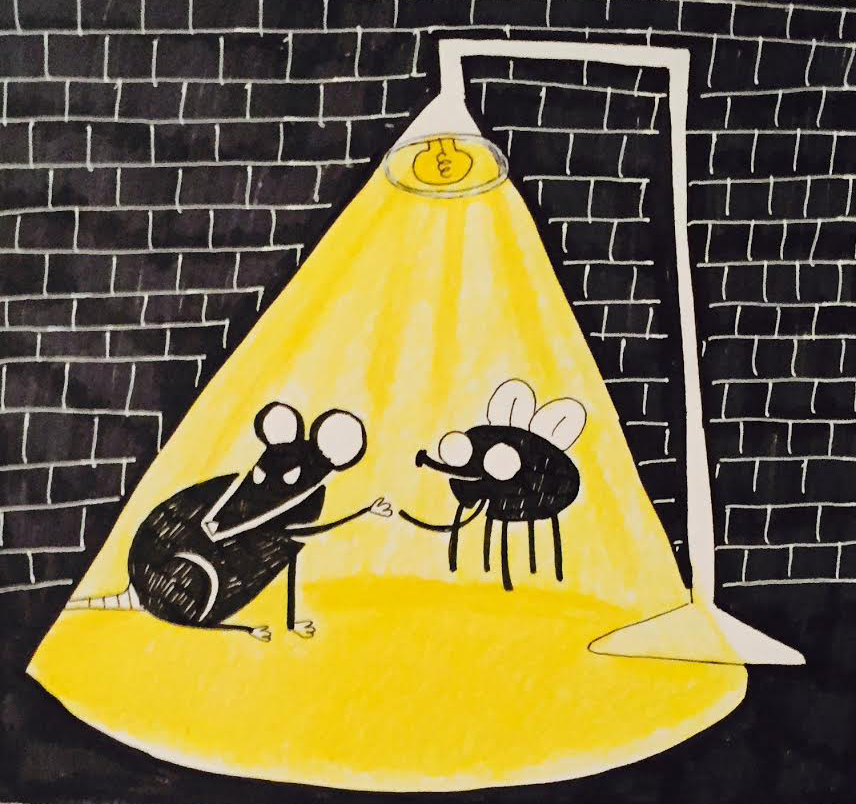
Last month, a research team led by Yale School of Public Health professors Jeffrey Townsend and Joseph Lewnard presented a model that described the transmission of bubonic plague during one of its major epidemics.
Using data collected by colonial British scientists during a 20th century epidemic of the plague in India, the team developed a mathematical model that showed how the evolution of rats’ resistance to the plague caused the disease to disappear and re-emerge at approximately the same time every year until the ultimate elimination of the disease.
In response to a major outbreak in the early 1900s, Townsend said, scientists created the Indian Plague Commission, which recorded the proportion of rats infected with plague, the proportion of people who had succumbed to plague and temperature statistics from multiple Indian cities. He added that the commission wrote a report using this data in which it concluded that rats eventually evolved a resistance to the plague and that this somehow caused the seasonality and eventual termination of the epidemic.
“It was a fine hypothesis, but there wasn’t any way to prove that the cause would lead to those effects,” Townsend said. “Although they did show pretty convincingly that the rats had evolved resistance.”
Townsend added that scientists from the commission exposed rats from different Indian cities to plague pathogens and found that rats from cities that had experienced plague epidemics were “highly resistant” to the pathogens, whereas rats from cities that had not experienced plague epidemics were “highly susceptible,” proving that the rats had evolved resistance to the plague over a span of 10 to 15 years.
With the Indian Plague Commission’s data, Townsend said, the research team developed a quantitative model to explain how the rat evolution affected the course of the plague epidemic in three separate cities. According to the study, the final model ultimately validated the commission’s conclusion and the model’s capacity was not limited to the Indian epidemic — it was also able to accurately predict patterns in the spread of plague during epidemics that occurred in other continents and time periods.
Although the Indian plague epidemic occurred a century ago, Townsend said that the team’s findings are relevant today as they relate to current public health concerns regarding how climate change and weather patterns may affect the spread of disease. He added that the model is also part of a recent effort to study epidemiological problems in terms of “complex interactions between multiple vectors and hosts,” rather than focusing primarily on human interaction.
“The fleas, the rats and the humans were all involved in this disease transmission cycle, and when you have all of these environmental influences and evolution happening at the same time, it’s hard to take all of that into account,” Townsend said of the plague. “But we succeeded with finding all of the parts at play which gives us hints as to how to do that for other diseases as well.”
As most processes for predicting behavior and interactions between populations become difficult as population size increases, mathematical models are becoming increasingly necessary in many current epidemiological studies, according to Townsend. He added that the practicality of the modeling method also makes it an attractive option. Because officials have many intervention methods but limited resources with which they could combat disease, it is imperative to find an effective level of output before enacting any large-scale policy.
“We have lots of new technology for regressing disease, but we just can’t do all of them,” Townsend said. “We just don’t have enough time, enough money or enough focus to do every single method, so we really need approaches that can tell us in advance which ones we should do.”
According to the Centers for Disease Control and Prevention, 1,006 confirmed or probable human plague cases occurred in the United States between 1900 and 2012.







